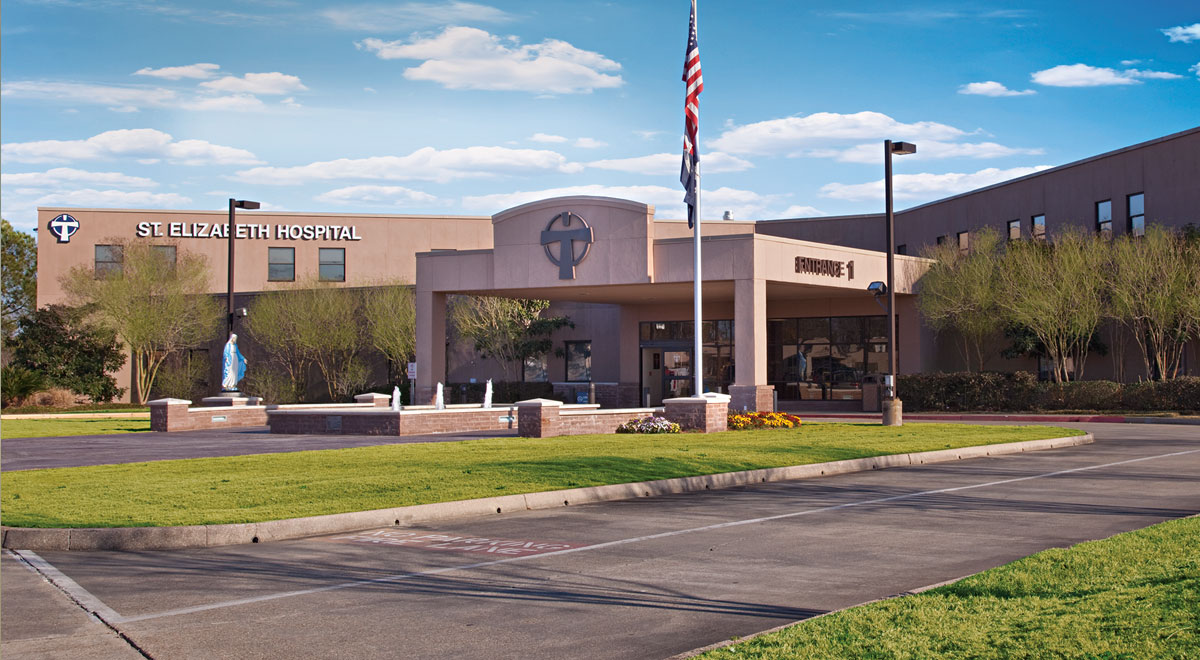Oxygen Studies
What is an Oxygen Study?
An Oxygen Study is a series of separate tests designed to evaluate oxygen level in the blood, heart rate response to exercise, or a patient's perceived shortness of breath on exertion. These studies can be used as a quick and simple assessment of patient conditioning.
How are Oxygen Studies Performed?
There are three types of Oxygen Studies performed at St. Elizabeth Hospital. The first is Arterial Blood Gas (ABG). During an ABG blood is drawn from an artery, where the oxygen and carbon dioxide levels can be measured before they enter body tissues.
In the Six-Minute Walk Study, patients are placed on a tread mill and asked to walk as much as possible for six minutes. Patients may speed up, slow down or rest as necessary. Because of physical exertion, some patients may temporarily become short of breath. Blood pressure, heart rate, respiratory rate, and resting blood saturation will be measured after the test. Oxygen saturation will be taken during the test.
In the High Altitude Simulation Test the amount of oxygen in the blood at high altitudes is measured by breathing through a mask where the oxygen level simulates an altitude of 8,000 feet. Patients are asked to breathe through the mask for 20 minutes. Blood oxygen level is measured throughout the test through a clip placed on the index finger. If blood oxygen levels decrease to a certain level, a blood sample will be drawn from the arm to determine the oxygen level in the blood. Oxygen is added to the mask until the blood oxygen level is normal.

